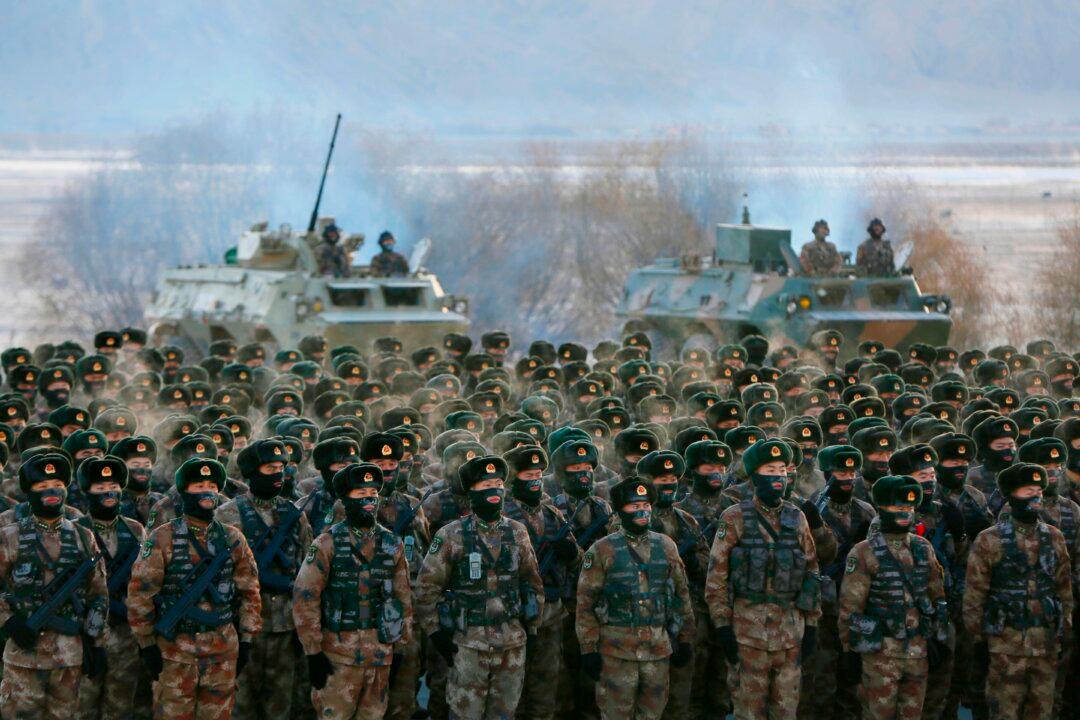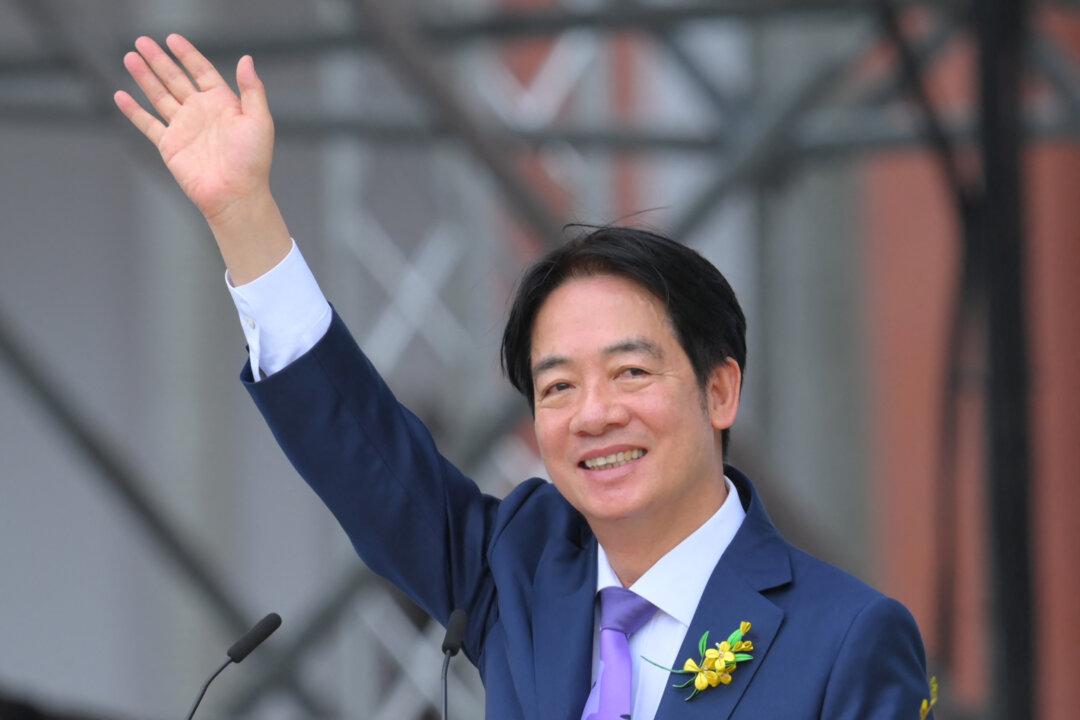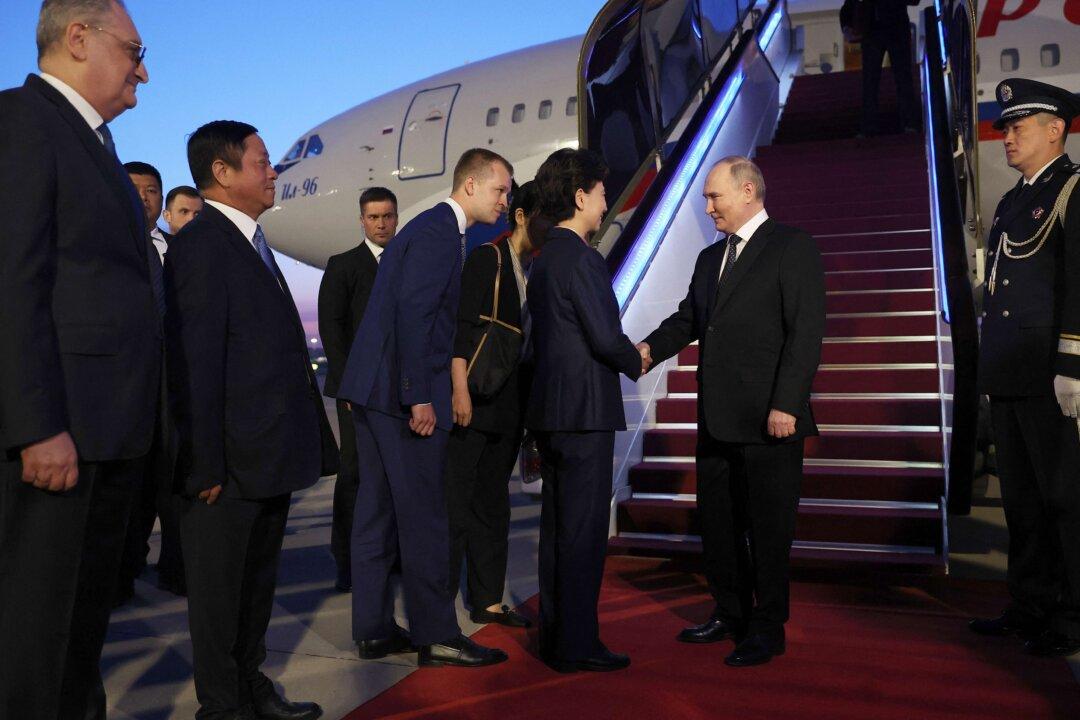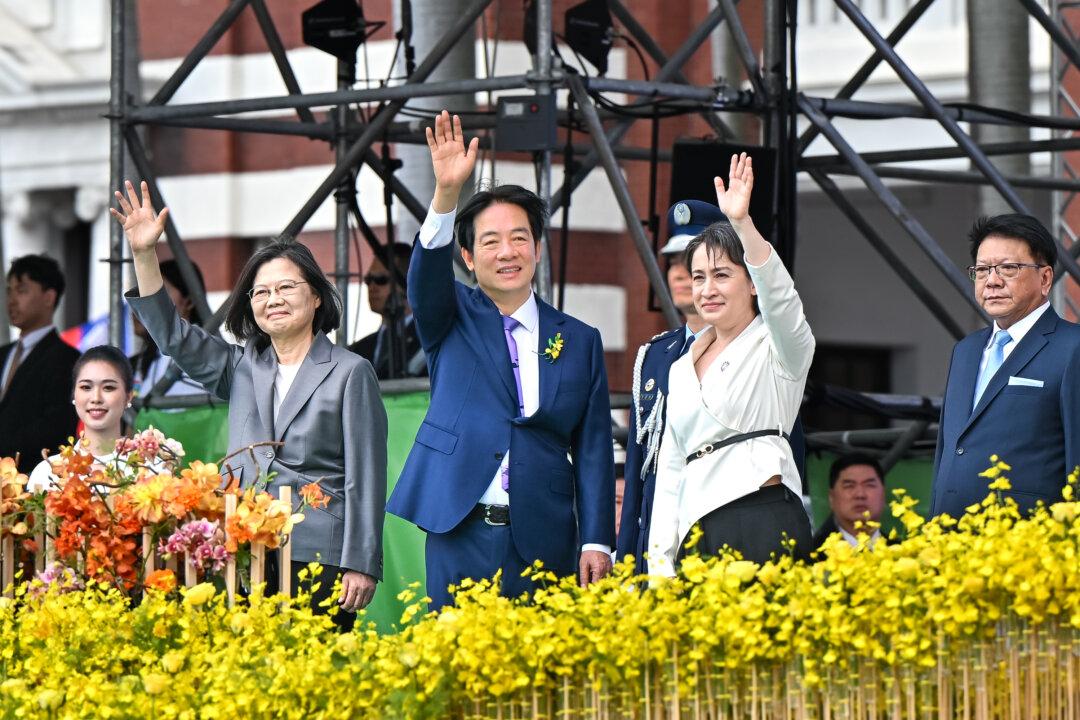After over two years enduring life under Xi Jinping’s “zero-COVID” policy, a viral video of screaming residents in a burning apartment building in Urumqi, Xinjiang, and the ensuing outrage have been enough to ignite the pent up fury of the Chinese populace.
According to many accounts, more than the officially reported casualty total of 10 victims died in the fire because residents were trapped in their homes as the fire raged due to their doors being locked from the outside during more than three months of lockdown.
This horrific outcome of the “zero-COVID” policy has caused subsequent protests in Beijing, Chengdu, Chongqing, Nanjing, Shanghai, Wuhan, and other cities calling for Xi and the Chinese Communist Party (CCP) to step down. The broad display of the Chinese regime’s flag, the singing of the national anthem, and the display of blank sheets of white paper are symbols of protest against the regime.
The protesters are heroically brave and bold as they incur great risks. The police presence, CCTV, omnipresent recognition software, and tracking techniques increase the risk of being identified even if they seek anonymity. This risk will remain for many months to come. A lesson from the CCP’s history is instructive. One of Mao Zedong’s comments regarding the intent of the “Hundred Flowers” campaign briefly allowing some criticism of the CCP was to “lead the snake from the hole.” That is, to allow critics to reveal themselves and thus face annihilation when the inevitable crackdown occurred. This time will be no different as the protesters will not overthrow the Chinese regime, and leaders will be identified and heavily punished.
The CCP is determined to remain in power and employ all of its tools, the surveillance state, the police and intelligence services, and finally, as with the 1989 Tiananmen Square massacre, the People’s Liberation Army (PLA) units to hold onto power. Given the power imbalance between the protesters and the regime, they will lose if there is no international pressure to shield them.
Lamentably, recognizing that the Biden administration is not supporting them as U.S. power can, the protesters are under terrific strain and will be disciplined by the regime. In sum, what is happening in China is a humanitarian disaster and gross human rights abuse that should compel the world’s attention.

Acknowledging this reality, there remains much that the Biden administration must do to assist as well as to make the regime pay a greater price for what already has occurred and the inevitable crackdown. While the administration’s response so far is a failure in every respect, it must respond appropriately as the protesters and their global supporters look to the United States for leadership. The United States is engaged in intense security competition with the Chinese regime, and the administration must respond accordingly. Five major points are salient.
Second, Washington must immediately pressure Beijing with a presidential address to shield as many protesters as possible. The Biden administration must demand that the protesters’ civil rights will be protected and that there must not be mass suppression or another Tiananmen Square massacre. The effectiveness of the CCP’s surveillance and oppression makes another Tiananmen unlikely. In fact, the regime will likely enforce a “silent Tiananmen,” eliminating the leaders and most active protesters through digital as well as traditional means of punishment.
Third, the Urumqi tragedy and subsequent protests are an opportunity to expose to the world—including U.S. audiences on Wall Street and Silicon Valley, as well as all those who have profited from trade with China—the poisonous fruits of their cooperation and engagement with Chinese entities. This cooperation and engagement have only made the CCP stronger and better able to tighten its hold on the Chinese people.
Fourth, the protests reveal that there are effective civil society and popular movements in China, and they can challenge the regime. They must be supported publicly by the United States and other governments, but with technologies that permit these groups to communicate and penetrate China’s “great firewall” to access the open internet. In a particularly damning event, the fact that Apple modified its AirDrop file-sharing software for its phones in China consequently hindered the protesters to Apple’s everlasting shame. Rather than yielding, Western governments should use this opportunity to encourage advancing technologies that allow Chinese citizens unfettered access to the internet to build civil society within China.
Fifth, Western governments may seize this opportunity to collaborate more closely with human rights organizations and international committees like the Nobel Committee, and the Chinese diaspora to advance human rights within China. This cooperation should yield results in official documents and bilateral and multilateral meetings, as with the G-20. Moreover, the Biden administration should create a focal point, a human rights czar for China that would be useful to support the human rights of the protesters and all of China’s citizens.
At this moment in history, the free world is standing on the shoulders of the protesters. Bold action is needed from the Biden administration to combat the Chinese regime. The protests provide the opportunity to enlist the great capabilities of the Chinese people and the West to work together to cause the downfall of the CCP.





